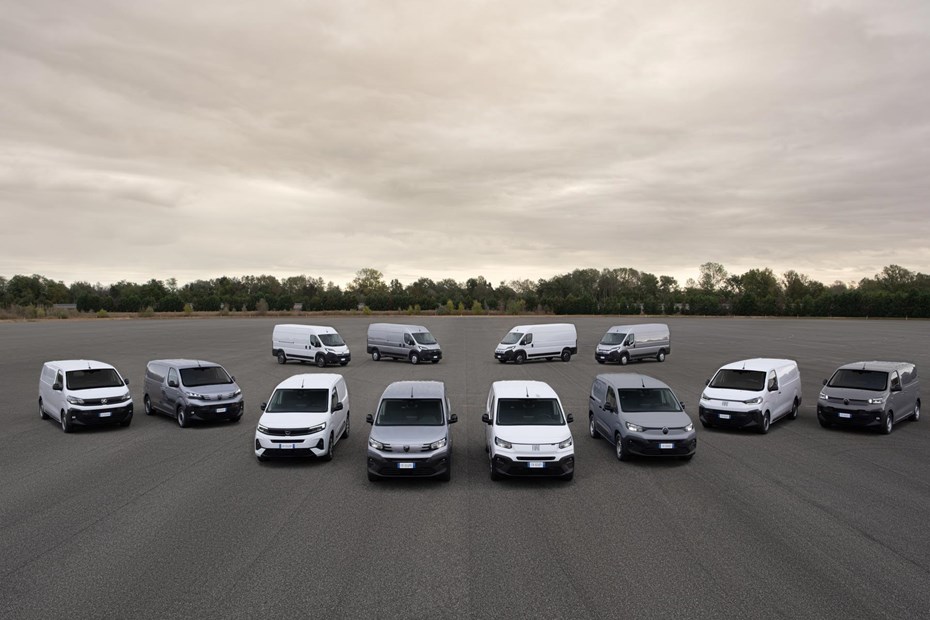The updated Stellantis vans are all now on sale, with all three of the four brands’ vehicles having been updated.
Citroen, Fiat, Peugeot and Vauxhall have all updated their small, medium and large vans, with each getting new looks, upgraded electric performance and improved technology. This has resulted in an unprecedented scenario where 12 vans are all updated at the same time.
Pricing has been confirmed for some of the vehicles as order books have been opened. Although not every price has been released at the same time, it is highly likely that they will be very close to one another, due to the fundamental similarities.
The four brands do have slightly different focuses for the updates, in a bid to make it seem as though they are all independent from one another, although some of the USPs are a bit more tenuous than others. Citroen has upgraded its Advanced Comfort Seats, Vauxhall has some high-tech lighting with matrix headlamps while Peugeot is emphasising its i-Cockpit with its small steering wheel. Fiat is majoring on its dedicated Fiat Professional retailer network.
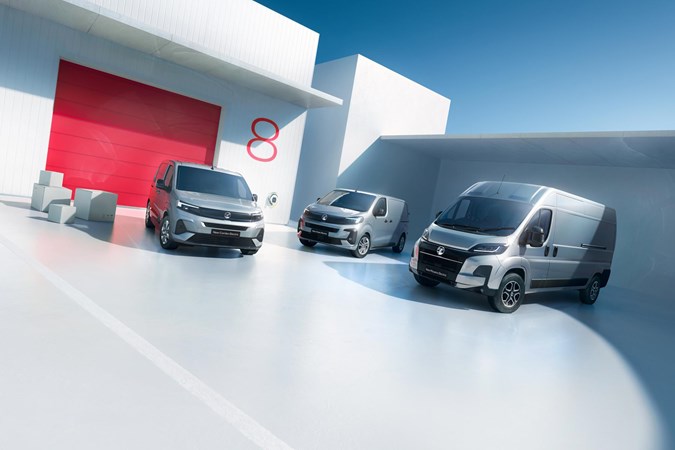
The announcement comes at the same time that Stellantis has announced a new umbrella branding for its commercial vehicles. All van-related activity will now be dealt with under the Pro One brand. This is similar to the Ford Pro arm of Ford, and buyers shouldn’t see a massive change on a daily basis.
What is new about the large Stellantis vans?
Starting with the biggest vans, perhaps the most interesting element of the announcement is that there is not a new large van at all. Instead, all four vans – the Citroen Relay, Fiat Ducato, Peugeot Boxer and Vauxhall Movano – will continue to be made on one of the oldest platforms in the commercial vehicle world.
Instead, there is a a new look to the front end of each van, each bespoke to the respective manufacturers. However, the restrictions of the ageing platform mean that this is largely restricted to a different interpretation of the grille. All still share the same basic shape and headlights.
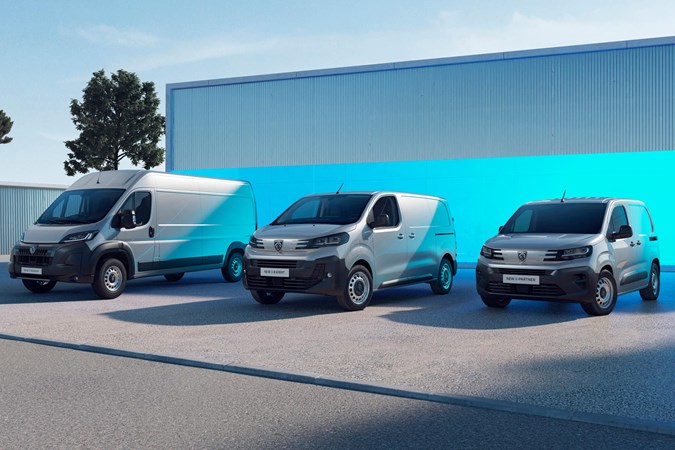
The bigger changes relate to the electric versions, which is now only offered with a new 110-kWh battery that brings a maximum range of 261 miles. This is a distinct improvement on the 154-175-mile maximum of the pre-facelift model.
Stellantis also reckons that it will be able to offer a maximum payload of 1,500kg on the four vans. However, this will be thanks to the derogation allowance that increases the maximum permitted gross-vehicle weight of an electric van to 4.25 tonnes. We don’t have precise details of the final spec yet, though.
One other notable change is that the electric versions will now be built in house, according to the Fiat announcement, rather than via a converter. This should, it says, bring down the price of its large EV by 25%. Presumably this will be the case for the other three brands too.
What is new about the medium Stellantis vans?
The changes for the Citroen Dispatch, Fiat Scudo, Peugeot Expert and Vauxhall Vivaro medium vans are largely visual, although they also get revised steering, improved electric range and updated interior tech.
The battery options are the same, with a 50kWh and a 75kWh choice, but the range has been improved to a maximum of 224 miles, which is a slight increase over the outgoing model’s 211-mile claim.
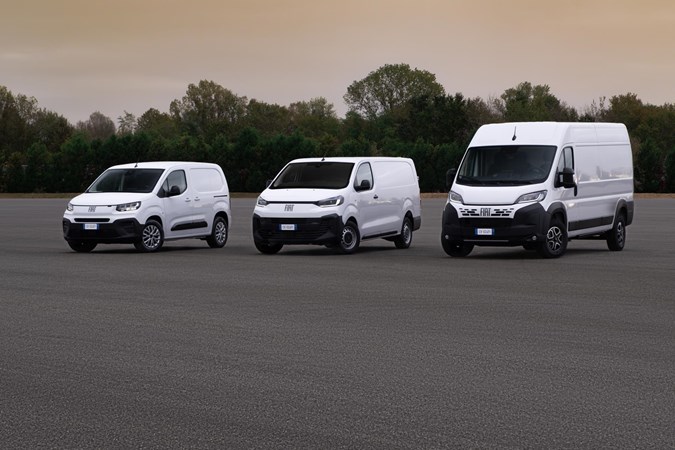
The bigger updates come on the inside, where there is now the option of a 10-inch infotainment screen that is paired with wireless Apple Carplay and Android Auto. There is now a dedicated phone slot with wireless charging too.
The power steering has been upgraded, too, with the electro-hydraulic system replaced by an all-electric setup. There is also a new Dynamic Surround Vision system that uses cameras to look behind the van and in the blind spot. Both display their images on a digital rear-view mirror.
Other internal tweaks include redesigned cupholders, which will now take a smartphone, storage for a tablet in the dashboard cubby and a new steering wheel that can be heated.
What is new about the small Stellantis vans?
The Citroen Berlingo, Fiat Doblo, Peugeot Partner and Vauxhall Combo are the newest of the Stellantis vans, but still the small vans get a selection of updates. Most notable, once again, is those related to the electric powertrain.
They get a new 50kWh battery, which boosts the maximum range by 20% to 205 miles. To make the most of this, there is now a new brake-regeneration system that can be adjusted by a pair of steering-wheel mounted paddles.
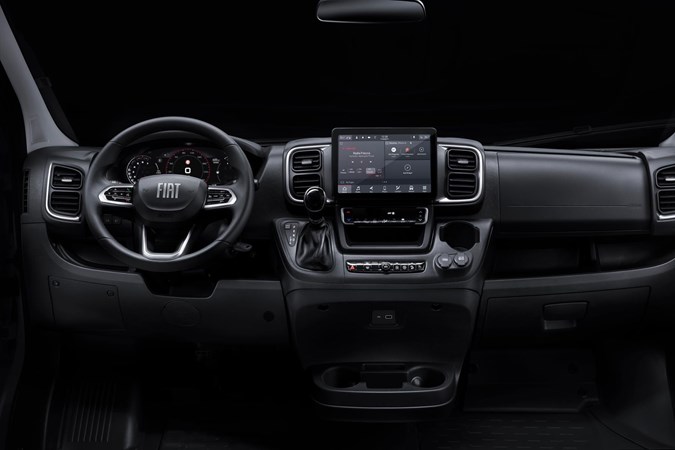
The Berlingo etc also get the Dynamic Surround Vision system and 12 obstacle sensors around the van to aid parking. There is also now a Highway Driver Assist system that combines lane centring assistance with the adaptive cruise control with stop and go to boost the driving assistance.
The electric version can also be fitted with a heat pump, which keeps the cabin warm without drawing power from the battery, thus saving range.
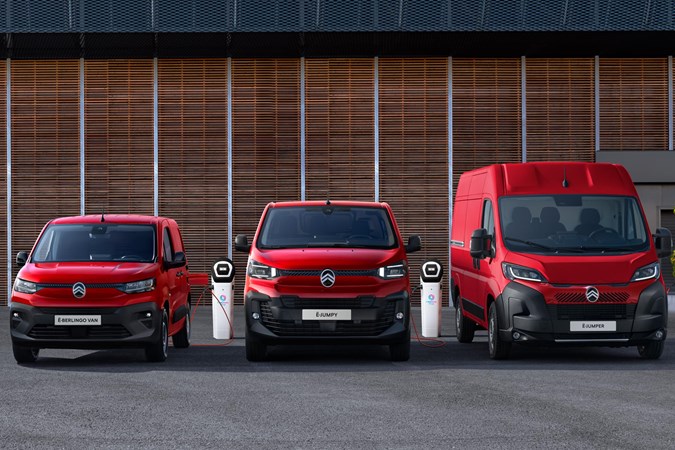
The other power feature is the system that allows you to plug in tools and other electric items while out in the field, much as you can in the latest Ford E-Transit and E-Transit Custom. This will take items up to 400V.
How much do the facelifted Stellantis vans cost and when can I buy one?
Despite the inherent similarities between the four brands involved, they still operate independently, to a degree at least. This means that the pricing is not necessarily identical for the similarly sized vans, although it will not be a million miles apart.
Peugeot was the first to release pricing and specification for its updated vans, with Vauxhall not far behind. As an illustration of how the models are close to one another but not the same, the Peugeot Partner starts at £20,255 (not including VAT) for the L1 model in Professional trim, while the Asphalt starts at £22,355, while the equivalent Vauxhall Combo starts at £20,850 for the Prime and £23,150 for the Pro. All of these are with the 100hp diesel engine with the six-speed manual.
The electric E-Partner is available in both trims and starts at £27,955, but this is brought down to £26,205 after the plug-in van grant is factored in. As with the diesel, upgrading to Asphalt adds a £2,100 premium. It’s £26,800 for the Combo Electric after the grant, with the step to Pro adding £2,300.
The mid-size Peugeot Expert starts at £26,710 for the diesel and £41,210 (£36,210 after the grant) for the electric E-Expert. The Asphalt premium on the Expert is £2,675. The Vauxhall Vivaro’s starting points are £27,555 for the diesel and £42,055 (£37,805 post grant) for the Electric and the difference between
The large Peugeot Boxer kicks off at £30,315 for the diesel and £49,485 (£44,485 after the grant) for the electric. There is only the one trim in the Boxer and Movano range but again, slight discrepancies in specification mean that the Vauxhall is slightly more expensive with the diesel starting at £31,215 and the electric at £50,385 (£46,135 post grant).
The vans are available to order and deliveries will start in the spring.
Why is there not an all-new large van?
There was once a plan to replace it with an all-new van, but this was quietly shelved around the time of the creation of the Stellantis group in 2021.
This means that the Boxer/Relay et al will be the oldest large vans in the sector. The Renault Master is one of the next oldest, having first been launched in 2010 but this will be replaced by an all-new Renault Master in spring 2024. This means there will also be a new Nissan Interstar, which is essentially a Master with a different badge.
What does this mean for the Toyota large van?
In May 2022, Toyota announced that it was going to be launching a large van in the same manner as it has launched its other vans. That means this will be a rebadged version of the Stellantis large van, called the Toyota Proace Max. This is due to go on sale later in 2024, after the other Stellantis models.
Just so you know, we may receive a commission or other compensation from the links on this website - read why you should trust us.


